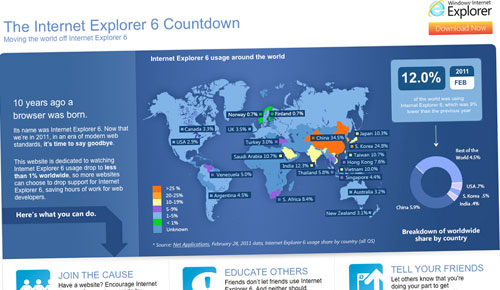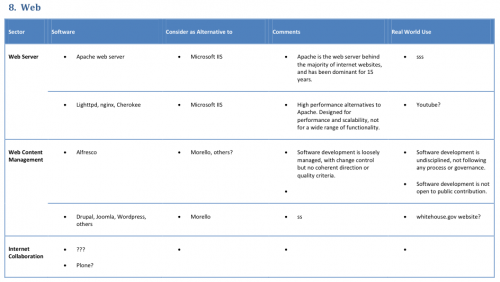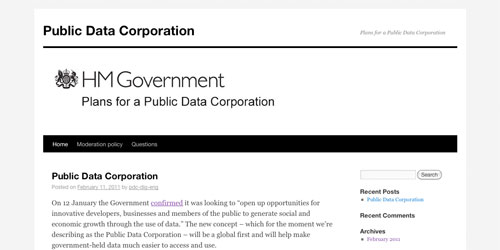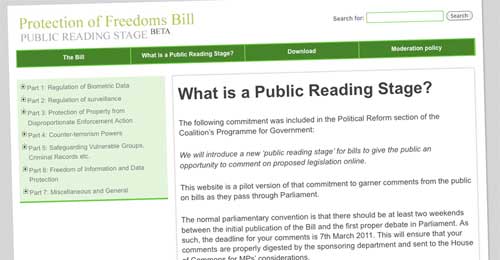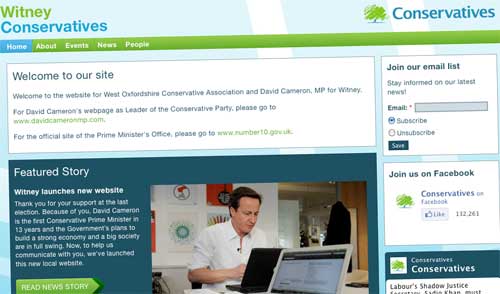It’s taken quite a while to get WordPress version 3.1 out the door; and at first glance, you’d be forgiven for wondering quite why. You’ll run the upgrade process, then struggle to find what exactly has changed. In fact, there are a few significant – or more accurately, potentially significant – enhancements in this release; but a lot of the changes are fairly superficial or ‘nice-to-have’s.
First thing you’ll notice is the new Admin Bar along the top edge of the screen, when you’re logged in – giving instant access to the admin dashboard, an ‘edit this page’ button (where applicable), and so on. In fact, as Puffbox clients will testify, I’ve been coding something similar into all my design work for years… but I’m happy to admit, theirs is better than mine. If you haven’t had the benefit of such a feature before, you’ll soon grow to love it.
Then there’s Post Formats, which have caused some confusion among the developer community. These allow you to classify different types of post – for example: ‘status’, ‘image’, ‘gallery’, ‘quote’ – which can then be presented slightly differently by your theme. It’s really just a standardised taxonomy, meaning – in theory, and in the future – you can switch between themes, and maintain the differentiated presentation. But you’ll only be given the option to choose a Format if your theme explicitly enables it, and few do at this point.
The feature with the greatest potential is multi-taxonomy queries – which, to borrow Simon Wheatley’s example from UKGovCamp, would allow you to find all pictures of cats (being a type of animal) wearing hats (being a type of clothing). This has been possible to a certain extent for some time, by hacking URLs, but now it’s official – and done properly.
In simple terms, this lets you run WordPress more like a database than a blog – you might be a car dealer listing cars for sale, with drop-down menus to let people search by manufacturer, fuel type, size of engine, colour, number of doors, number of seats, etc etc – or any combination thereof.
But to make use of this functionality, you’ll need to be a serious developer: no plugin is going to be able to lay this on a plate for you. So it’s continuing the trend I observed at v3.0’s release:
But the addition of that extra power, underneath the surface, effectively creates a new higher echelon of ‘WordPress guy’. It becomes a platform on which you can do some very serious development, if you know what you’re doing. Graphic designers calling themselves WordPress experts might want to re-evaluate.
There are a few things to look out for, particularly if you’re running a multi-site setup: there’s now a whole new ‘network admin’ view, replacing the ‘Super Admin’ menu box from 3.0 – you’ll find it by clicking the ‘Network Admin’ link in the top right corner. It’s definitely prettier and slicker once you’re into it; but I bet it’s going to confuse a lot of Super Admin users initially.
There’s a new behaviour to adding links within your own site: you’re now presented with an ajax-powered search facility, meaning (in theory) an end to copying-and-pasting URLs from another browser tab. Quite nice I suppose, but it still just results in a hard-coded URL within the text: no DOIs or anything.
And it’s good to see further refinement of custom post types and taxonomies. For example, prior to v3.1, there was no built-in way to present an archive list of custom post types – a curious omission, but it’s resolved now, and should encourage more developers to make use of this functionality.
But as you’ll see from the detailed list of changes at wordpress.org, most of the changes fall under the heading of general housekeeping: a cosmetic tweak here, an update to an included software package there.
Matt Mullenweg declares this release ‘more of a CMS than ever before’ – and of course, he’s right. We’re definitely edging further and further into ‘proper’ CMS territory; but, I think, still clinging on to the ‘I just want to write something’ mentality from WordPress’s early days as a humble blogging platform.
It’s another step forward. Not perhaps the great leap forward that v3.0 represented, but that’s absolutely fine. The best just keeps getting a little better.

